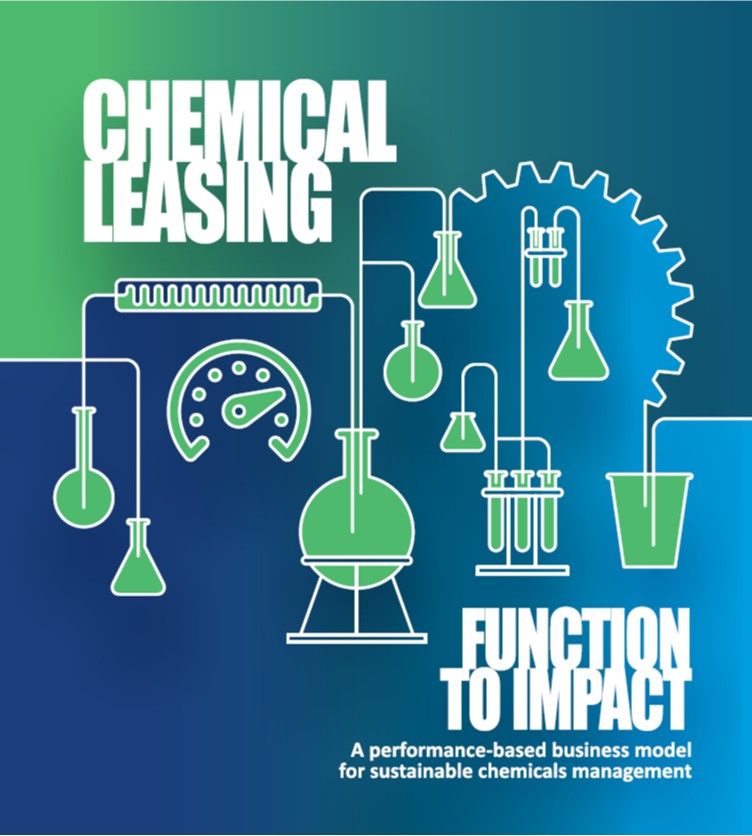Companies are facing increasing economic, environmental and social challenges. They have to cope with an ever more rapidly changing business environment, they must comply with ever stricter environmental regulations, they have to respond to ever more demands made of them by the public, their customers and their supply chains. New mind-sets, innovative approaches and tools, new skills, sustain-able business models – companies need all of these if they wish to continue to be successful in the decades to come. One of the new approaches available to them is the performance-based business model of Chemical Leasing that follows the idea of Circular Economy.
Over the course of five chapters, the book presents the Chemical Leasing business model in all its different aspects. It covers a broad spectrum of topics, from the global framework within which companies are operating today and the global drivers to which they have to respond, to the very practical methodology and the business case of Chemical Leasing.
- Part A, is an introductory chapter serving as a guideline for all readers (company representatives, consultants, researchers, and policy makers).
- Part B, lays out a practical ways on how Chemical Leasing can be implemented.
- Part C, covers the Chemical Leasing toolkit and its step-by-step methodology on supporting the implementation of Chemical Leasing for interested companies and consultants.
- Part D, links Chemical Leasing to key challenges like Climate Change, Re-source Scarcity, Circular Economy, SDGs, Digitalization, Green Chemistry, Gender and Inclusiveness, and Change Management to achieve imporvements in these fields.
- Part E, brings together a collection of opinions and assessments made by businesses, academia, governments, NGOs, and research institutions on the current state and the future potential of Chemical Leasing.
